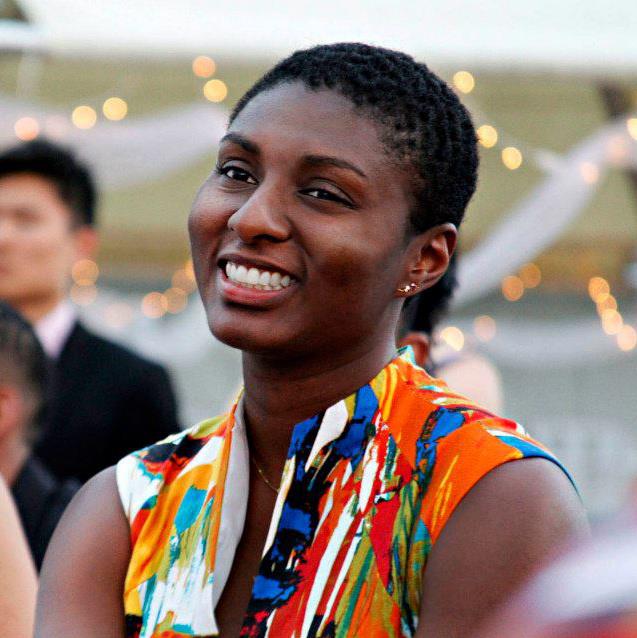|
Getting your Trinity Audio player ready...
|
Reading Time 9 mins
Proceedings from the 1st Annual Symposium on the Grenadian Revolution of 1979 – 1983, John Jay College of Criminal Justice, October 19, 2017
I come to the Grenada Revolution through stories. First the snippets of stories, family histories really, relayed to me mainly by women—my mother, aunties, and grandmother. In these stories, which were really conversations that I was allowed to listen in on, everyone agreed both that the revolution was a progressive period in Grenada’s history, and also that the 1983 U.S. invasion of Grenada was necessary, that it had saved the nation from some unexplained calamity. Perhaps it was in the way these points were made, that even as a child, I understood them to be contradictory. For many years my grandmother kept a framed, black and white, eight by ten photograph of Maurice Bishop on display in her home in Toronto, where she had migrated from Grenada around 1984. I accepted these fragments (oral and visual) as part of a history that never quite coalesced into a fully formed narrative.
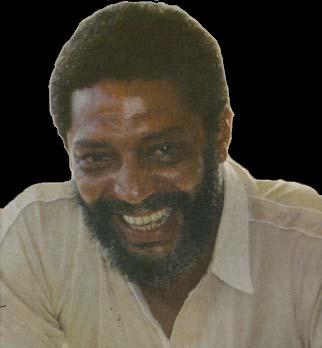
I collected more of these fragments while living in Grenada as a teenager in the 1990s. I realize, in retrospect, that the revolution was a subtext to everything in our daily lives. It was occasionally in the news with the story of body bags found at Cemetery Hill, the very public debate of whether to rename the airport in Bishop’s honor, and then, of course, the tense dialogues about the fates of those who were imprisoned. It also touched my personal life by way of whispers about who one could be friends with depending on various familial and political affiliations, and conversations with loved ones about who and what they lost.
I also come to the revolution from an entirely different set of stories – the published writing of Trinidadian-Canadian Dionne Brand and, of course, Grenada’s own Merle Collins. As a young woman, the novels, poetry, and essays, of these women writers exposed me to yet another set of contradictions. It is from a desire to work through these contradictions, to think about the questions they raise, that I have pursued the work of literary criticism, not purely for the sake of appreciating literature (although that is a valuable pursuit in and of itself), but also to contemplate how these stories serve us as Grenadians, as Caribbean people at home and in diaspora, indeed as humans. My presentation today will outline some of the themes from my book project entitled, Forms of Survival: Black Feminist Revisions of the Grenada Revolution. The book is a literary analysis of representations of the revolution where I ask how women writers project alternate visions of Caribbean sovereignty from their male counter-parts. I answer this question by attending to the gendered implications of political trauma and showing how Caribbean women writers use authorship as a means of critiquing the inadequacy of hierarchical, patriarchal, and linear histories of a black radical tradition as they narrate the Grenada Revolution.
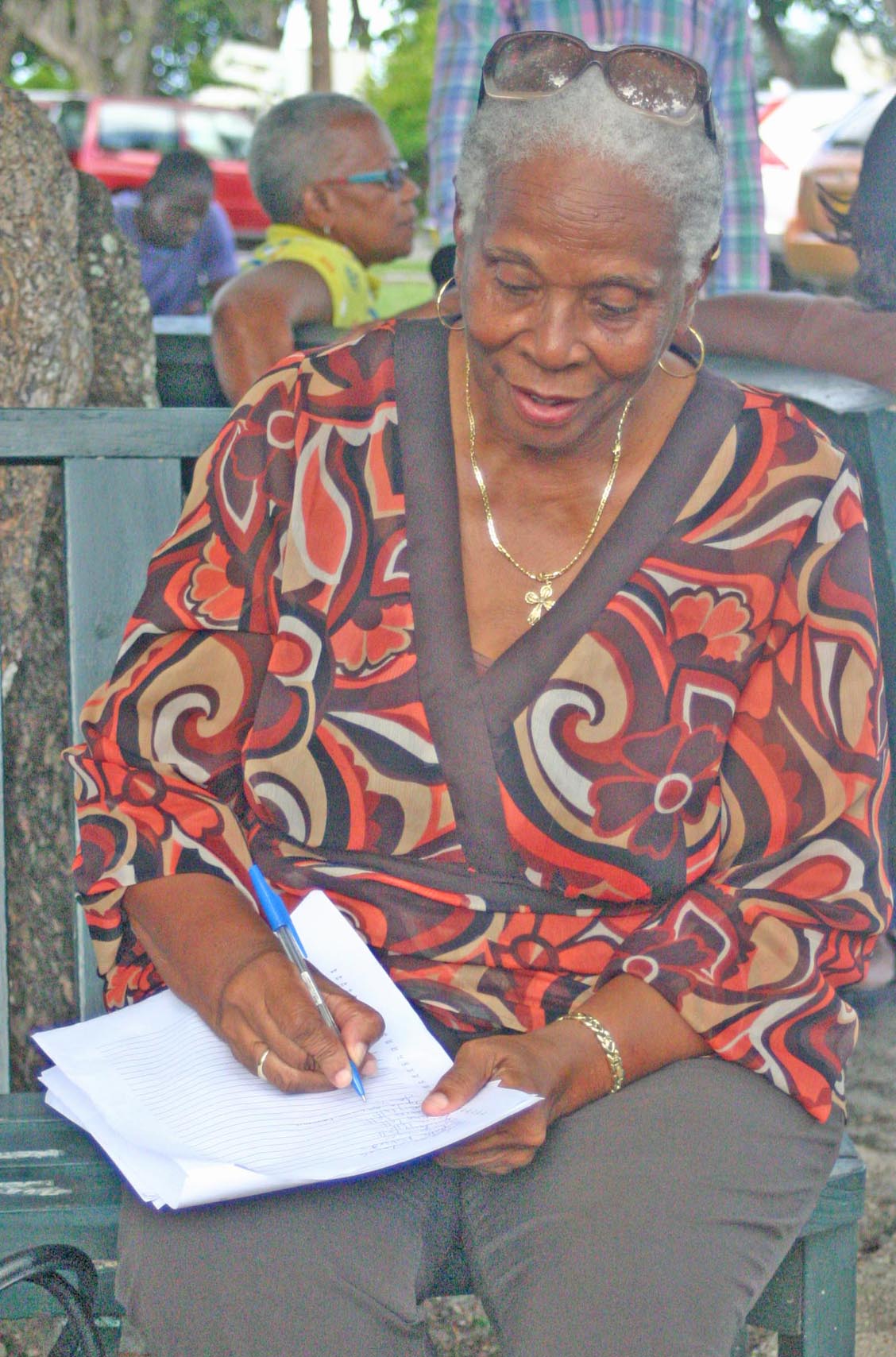
Joan Purcell, former President of the Grenada Senate
It was from the radio station, arguably the most important target of the paramilitary attack the New Jewel Movement (NJM) launched on 13 March 1979, that Bishop initially addressed the island in a speech now known as “A Bright New Dawn.” His voice played over the Grenadian airwaves, bringing a message of optimism and change: “People of Grenada, this revolution is for work, for food, for decent housing and health services, and for a bright future for our children and great-grand children.” For the Caribbean and Latin America, Bishop’s use of the term “revolution” immediately put Grenada in a tradition, at least rhetorically, with Haiti, Venezuela, Mexico, and Cuba. What these other revolutions had in common, however, was protracted violent struggle involving significant sectors of the population. The violence proceeding the revolution in Grenada was quotidian and on a smaller scale, with the occasional flagrant episode such as Bloody Sunday and Bloody Monday in 1973 and 1974, respectively. While the Grenadian masses had participated in strikes and demonstrations protesting the ineffectiveness of Gairy’s government, generally they had not responded violently to his corruption. What the Grenada Revolution had in common with these other struggles, however, was a predominantly male leadership.
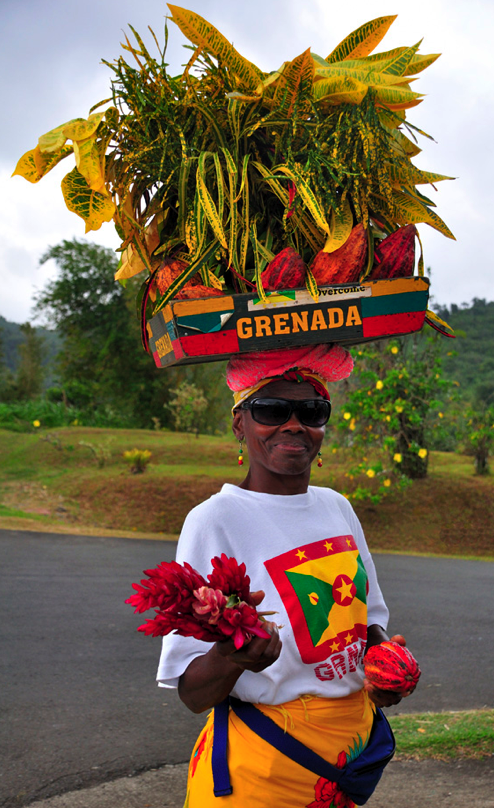
Bishop once said that the revolution was about creating a new man and a new woman. Writing on the Grenada Revolution manifests the pressure black radical praxis places on the politics of gender and sexuality in the Caribbean. The People’s Revolutionary Government (PRG) promoted women’s rights in a way they had not been promoted before. This advancement worked in theory and, to a certain extent, in the public sphere. It struggled to take hold in the private sphere, however, and in many ways traditional gender roles continued even within the households of the government leadership. I am interested in texts that represent women, poor, and queer people as the ones who enter into the revolutionary project knowing that their needs may not be met, and their contributions may not be acknowledged, but that any hope of success depends on their efforts. Their stories may not appear in historical archives, but the trauma they experience as the revolutionary process fails them or dismisses their importance is a key part of the literary history my research uncovers.
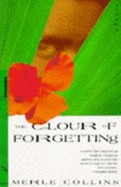 The historiography of Caribbean Revolution is filled with narratives of heterosexual men, figured as bold, revolutionary subjects, for example Toussaint L’Ouverture, Jean Jacques Dessalines, and Henri Christophe in Haiti, Simon Bolivar in Venezuela, and Fidel Castro and Che Guevara in Cuba. In Grenada, the image of Maurice Bishop fits the mold of the iconic revolutionary male subject. Bishop was the revolution’s most visible icon and his charisma made him an easy fit into what was already a pantheon on Caribbean revolutionary leaders. My interest is in how literary and political traditions are somewhat parallel in the Caribbean until the end of the Grenada Revolution because a different kind of masculine authority arises around the Black Power period. During the 1970s the Victorian masculinity of figures such as T.A. Marryshow and C.L.R. James did not dominate the political scene. It was a more macho form of masculinity tied to black consciousness that prevailed. This marked a generational difference between Bishop and writers such as George Lamming and Derek Walcott, whose work also forms part of my study. The younger generation did not want to prove that they were as English as the English. They wanted, instead, to express pride in their Caribbean identities. They were rebellious. They wore shirt jackets and military fatigues instead of suits. They were educated abroad but spoke plainly in the kind of “nation language,” to borrow a term from Kamau Brathwaite, with which the general public could identify. Politically they wanted to flout certain norms, such as the Westminster system of democracy they had inherited from Britain, in order to pursue a third way, namely socialism. People found Bishop charismatic and appealing. In Grenada, the PRG founded a Center for Popular Education (CPE), whose cornerstone initiative was a literacy campaign that used locally produced texts instead of British primers. These texts presented students with explicitly Caribbean scenarios for learning. The CPE was one of the PRG’s initiatives to promote the revolution that relied on Caribbean literature and folk arts. Local writers such as Christopher DeRiggs, Jacob Ross, Francis Urias Peters, and Merle Collins were part of this new generation in Grenada. They drew inspiration, and often support, from the way the PRG promoted the arts.
The historiography of Caribbean Revolution is filled with narratives of heterosexual men, figured as bold, revolutionary subjects, for example Toussaint L’Ouverture, Jean Jacques Dessalines, and Henri Christophe in Haiti, Simon Bolivar in Venezuela, and Fidel Castro and Che Guevara in Cuba. In Grenada, the image of Maurice Bishop fits the mold of the iconic revolutionary male subject. Bishop was the revolution’s most visible icon and his charisma made him an easy fit into what was already a pantheon on Caribbean revolutionary leaders. My interest is in how literary and political traditions are somewhat parallel in the Caribbean until the end of the Grenada Revolution because a different kind of masculine authority arises around the Black Power period. During the 1970s the Victorian masculinity of figures such as T.A. Marryshow and C.L.R. James did not dominate the political scene. It was a more macho form of masculinity tied to black consciousness that prevailed. This marked a generational difference between Bishop and writers such as George Lamming and Derek Walcott, whose work also forms part of my study. The younger generation did not want to prove that they were as English as the English. They wanted, instead, to express pride in their Caribbean identities. They were rebellious. They wore shirt jackets and military fatigues instead of suits. They were educated abroad but spoke plainly in the kind of “nation language,” to borrow a term from Kamau Brathwaite, with which the general public could identify. Politically they wanted to flout certain norms, such as the Westminster system of democracy they had inherited from Britain, in order to pursue a third way, namely socialism. People found Bishop charismatic and appealing. In Grenada, the PRG founded a Center for Popular Education (CPE), whose cornerstone initiative was a literacy campaign that used locally produced texts instead of British primers. These texts presented students with explicitly Caribbean scenarios for learning. The CPE was one of the PRG’s initiatives to promote the revolution that relied on Caribbean literature and folk arts. Local writers such as Christopher DeRiggs, Jacob Ross, Francis Urias Peters, and Merle Collins were part of this new generation in Grenada. They drew inspiration, and often support, from the way the PRG promoted the arts.
Grenada’s revolution was a response to an incomplete transition from colonial dependence to postcolonial independence. It borrowed from Cuba in its turn to a creolized socialism, but it also bore influences from earlier generations of radical activism in Grenada including Marryshow’s push for a strong Caribbean political identity via Federation, and Gairy’s early focus on the right of peasant workers to earn fair wages and form unions. The men leading the revolution had a very different approach to women’s rights, however, from the previous generation. They put legislation in place that benefitted women, including maternity leave and increased access to education and childcare. The revolution’s official policies on women promoted women’s equality. The women involved in the revolution, including Phyllis Coard, Jacqueline Creft and writers such as Brand, Collins, and Merle Hodge, were more visible within political and literary arenas than the women writers and political activists who came before them.

Edited by Merle Hodge, et al
It should be no surprise then, that women’s voices are at the center of the literary response to the Grenada Revolution. Part of my project is to read literary texts that consider the kinds of decisions women made and carried out in Grenada, the ways that they influenced political thinking both during and after the revolution, the kinds of ideologies they created and supported, and the legacies that they left for future Caribbean societies. The book is divided into four chapters, each tracing how the revolution fits into a Caribbean-inflected black radical tradition while investigating the limits of that tradition in creating conditions of freedom for Caribbean people. I include a chapter each on Collins, Brand, and Grenadian politician Joan Purcell, as well as a chapter on Walcott, Lamming, and Andrew Salkey. For these writers the revolution is about diasporic kinship and inheritance, tensions between local and global influences, and political and spiritual ways of knowing. The questions motivating this project involve the relationship between revolution and nationalism in the Anglophone Caribbean, how the project of nation-building changes from the late 1960s and 70s to the early 1980s, and the shifting importance of a black internationalist vision of Caribbean sovereignty during this time. I am interested in how visions of nationalism and internationalism were often situated uncomfortably alongside each other, as Grenada moved through various forms of revolution and resistance. Underlying these questions is my investment in bringing black feminist perspectives to the challenges raised by the Grenada Revolution because these perspectives are uniquely positioned to critique and re-read the hegemonic narrative as well as the radical, anti-imperial counter-narrative. Both narratives are problematic in their exclusion of women and sexual minorities and when this “blind spot” is addressed new ways of thinking about revolution come to the fore. These are ways that see the black radical tradition as truly working across generations and genders to secure the well-being of black people throughout the diaspora.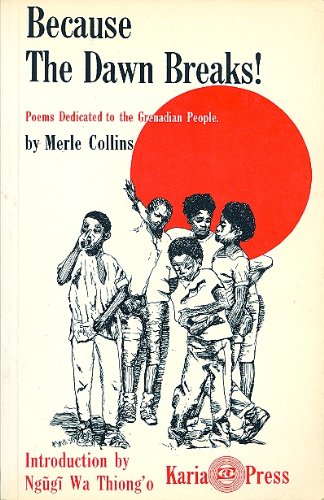
Near the end of Collins’ novel The Colour of Forgetting (1995), she offers the following thoughts from the mind of Carib, a warner-woman who walks the island telling of tragedies past and speaking prophecies of violence to come. In the wake of revolution Carib sits near Leaper’s Hill contemplating Grenada’s history – the leaping of the Caribs in the seventeenth century as they resisted the French colonizers, and the leaping of bodies amid gunfire at the end of the revolution in 1983. Carib struggles with how to remember these souls: “Is dream or is wake? Want stone. Want gravestone. Memory. Want remembering. Bush choking. Want name. Is me. Is you. Want name. A gravestone. No name. No engraving. Stone. It fading.” When I think about the literature of the Grenada Revolution I think about textual monuments: these are texts that want us, the readers, to remember, and to engage this history rather than allowing it to fade. But the service of these texts is greater than that because they also offer a three-dimensional vision of time (past, present, and future) and a call to live with history, not only the history collected in archives—the history of great men—but also the more intimate histories, emanating from spaces where women’s voices can be heard. At the beginning of Colour the narrator speaks of a legend about the sea near Leaper’s Hill which often “churned up with remembering”. This remembering is angry, Collins writes, and especially dangerous for the people who live around the sea but choose not to remember. If, as Walcott tells us, “the sea is history” then Collins extends this idea by showing how history, like the sea, is constantly changing, and the meaning of history is different, then, for each subsequent generation. I will close with some of the questions this literature has made me turn over: What is the legacy of the revolution for Grenadians today, and particularly for a younger generation? What is the work for us to take up today? Are we having enough cross-generational dialogue? And for those of you who lived through the revolution, what do you want those of us who did not (or are too young to remember), to learn from it?
Laurie Lambert is Assistant Professor in the African and African American Studies Department at Fordham University in New York City.
